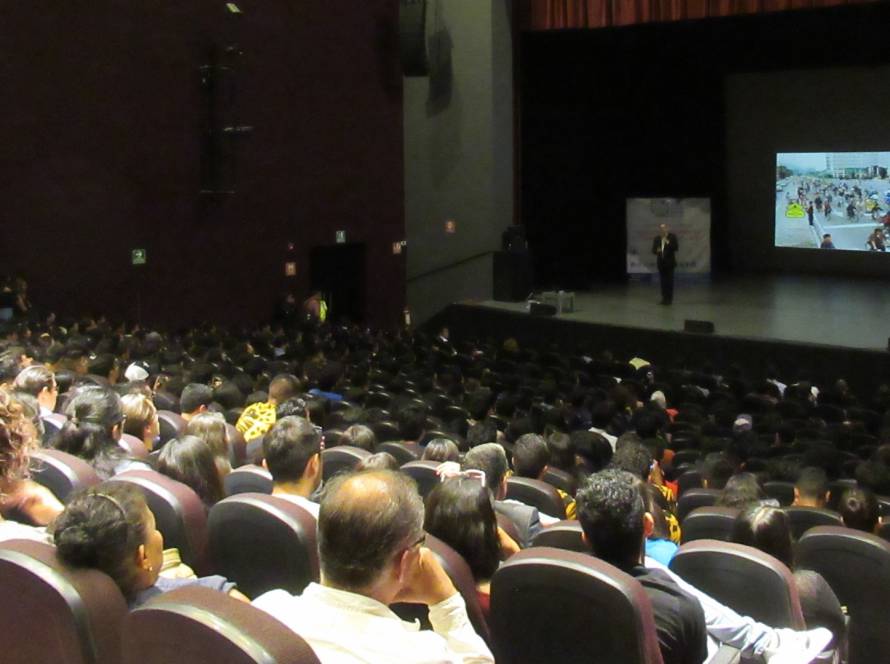Key Takeaways
- Human-Centric, Data-Informed Urbanism: It is vital to combine observational insights with new digital tools to understand how people actually use urban spaces. This includes measuring public life and leveraging qualitative inputs (such as participatory photography and map-making) alongside quantitative data.
Summary
- Cities must transition from fixed long-term plans to agile approaches that use short-term prototypes to guide lasting change.
- Designing urban spaces goes beyond physical functionality to embrace inclusion and social equity. Examples include addressing air quality for vulnerable populations and incorporating the lived experiences of marginalized communities in participatory processes.
- Exemplars:
- Projects like the Urban Belonging initiative actively engage marginalized groups to define what belonging means in public spaces.
- Copenhagen’s harbour regeneration over the decades illustrates the melding of infrastructure, cultural change, and public participation.
- Pedestrianization of key city center streets near Tivoli Gardens exemplifies a commitment to making cities more accessible and sustainable.
- Focus on public spaces for everyone: added layers of how to create a place, how to transform everyday spaces and move from passive recreation to active lifestyles.
How can Cities apply these learnings?
- Cities should combine digital air quality sensors, pedestrian tracking, and qualitative feedback tools to obtain a holistic view of urban environments:
- Partner with tech firms (e.g., using modified mobile data collectors similar to Google Street View setups).
- Set up community-based participatory surveys and digital platforms like the Eye Level City app.
- Rethink public spaces as centers for health, social inclusion, and democratic participation rather than merely physical arenas:
- Shift language from “car bans” to “opening up for people.”
- Embed health and inclusion indicators into public space performance metrics.
- Cities should combine digital air quality sensors, pedestrian tracking, and qualitative feedback tools to obtain a holistic view of urban environments:
Who Are the Key Stakeholders?
- Urban Planners & Designers: To integrate empirical data into design strategies and initiate prototyping.
- Municipal Governments & Policy Makers: To facilitate regulatory frameworks and provide funding and support for experimental projects.
- Public Health Departments: To monitor environmental exposures (e.g., air quality) and advise on public health implications.
- Community Organizations & Representatives: To ensure the needs and experiences of all urban residents, especially marginalized groups, are incorporated.
- Technology Partners: To supply tools and data analytics capacities (e.g., air quality mapping systems).
Interesting resources
- Gehl’s Public Life App.
- Gehl’s Eye Level City App.
- Urban95 Public Life Data Framework by Van Leer Foundation and Gehl. https://www.gehlpeople.com/knowledge-hub/publications/urban95-public-life-data-framework/
- Urban Belonging Project: Focused on capturing diverse lived experiences through participatory photography and mapping to redefine inclusion in urban spaces.
Ideas for further reading and research
- Investigate how language and framing (e.g., “people-first” vs. “car-free”) influence public support and policymaker decisions.
- Cities for People – Book by Jan Gehl.
- Gehl Institute Publications: https://www.gehlpeople.com/knowledge-hub/publications/


